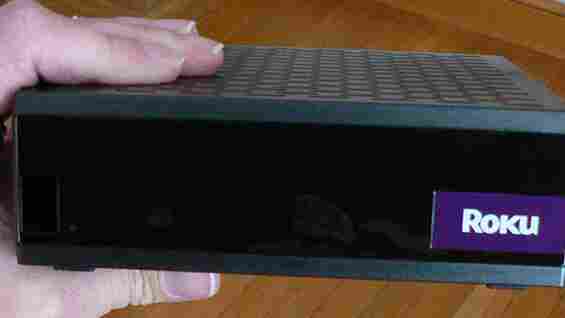Which shipping company treats your packages best? Popular Mechanics finds out.
While many of us may wonder and just hope for the best as we ship off our precious cargo in UPS or FedEx , the bright minds at Popular Mechanics just couldn’t let it rest.

Popular Mechanics created a sensor that measures when a box is dropped, jostled, overheated or frozen. Then, they shipped the sensor a dozen times through UPS, Fed-Ex and USPS to test which service is easiest on your packages.
Working with National Instruments, an industrial test and measurement company, Popular Mechanics created a data-logging device capable of gauging and recording vibration, temperature and orientation.
Popular Mechanics editor Glenn Derene sent the package on a tour of the United States, starting and ending at Popular Mechanics’s office in New York City, with stops in California and Austin, TX. In Santa Monica, California, Popular Mechanics employees uploaded the sensor’s data from a micro SD card, recharged the battery and sent the package on its way.
The parcel was shipped on a dozen more times, in what Derene describes as a modest experiment to see how the device performed and to gather enough data to draw broad conclusions. Their targets—FedEx, UPS and the U.S. Postal Service—were unaware of the test. Derene also tested whether overnight shipping was more or less violent than three-day and if marking the package “Fragile” or “This Side Up” ensured more careful treatment.
The Results: After crunching the data, Popular Mechanics found that “the USPS has the gentlest touch, with a per-trip average of 0.5 acceleration spikes over 6 g’s. FedEx and UPS logged an average of three and two big drops per trip, respectively.” USPS flipped over its Express Mail packages quite a bit, about 12.5 position changes per trip. Meanwhile, FedEx averaged seven position changes, and four for UPS. Popular Mechanics also found that “FedEx delivered the most big bumps, with an average of three acceleration spikes over 6 g’s (equivalent to a 2.5-foot drop) per trip. The USPS was the gentlest yet also the most active handler, with an average 12.5 position changes per trip. UPS was tops at keeping our package upright.” Disturbingly, Popular Mechanics learned that their package marked “Fragile” or “This Side Up” received more abuse than the rest. See graph below.
Rdio brings its music streaming service to Roku boxes
Following its recent deal with wireless multi-room music firm Sonos, US-based streaming music service Rdio is expanding into further the living room with the announcement that it is launching on Roku ‘s Internet-connected set-top boxes.

Available as a new channel from Roku, Rdio allows users to stream its library of millions of songs with support for playlists, search, music discovery features and personal history of listened tracks. It’s also possible to set up a queue of albums, songs or playlists via the Rdio website and then play them from your Roku box later.
The Rdio Channel can be found now in the Roku Channel Store and is available to all Rdio Unlimited subscribers, or via Rdio’s 7-day free trial for new users.
Seen by many as “The American Spotify”, Rdio is currently only available in the US and Canada and has deals with the four main music labels as well as many indie labels. In addition to Sonos and Roku, it is available as a Web or desktop client as well as via mobile apps for iPhone, Android, Windows Phone 7 and BlackBerry.
Damp Gadget? Try rice to dry it out.
No matter how careful you are, at some point a gadget you own will get damp. I’m not talking about the old dunk in the sink or a puddle, but just a little misted. Or you did dunk it and you want to get the last of the evil water out.

Back in my lab days we had this stuff called “dri-a-rite” that you heated up in an oven for a while (driving off all the water) then put it in special desiccation jars and sealed them up. If we needed to dry something out (usually samples) in they would go and extra moisture would be pulled out. Since I’m not in a lab any more my access to dri-a-rite and desiccation jars is limited, but I do have the next best thing:
Yep. It’s the truth. If you have a slightly en-dampened gadget, just fill a plastic container with dry rice, put your gadget in there with it, and seal the lid. You don’t have to bury the gadget in rice (you don’t want rice to get into the device), just sitting on top is enough for most things.
How long does it take? At least over night, probably closer to 24 hours, to give the rice a chance to draw the moisture out.
And yes, I’ve done it and yes it works.
For devices that have a battery door, open it (open side up) to let the air get in there to make the air damp so the rice…
Fine you get the idea.
Oh and if you’re still doubting that this works…check out the photo credit for a real example with an iPod !

Leave a Comment